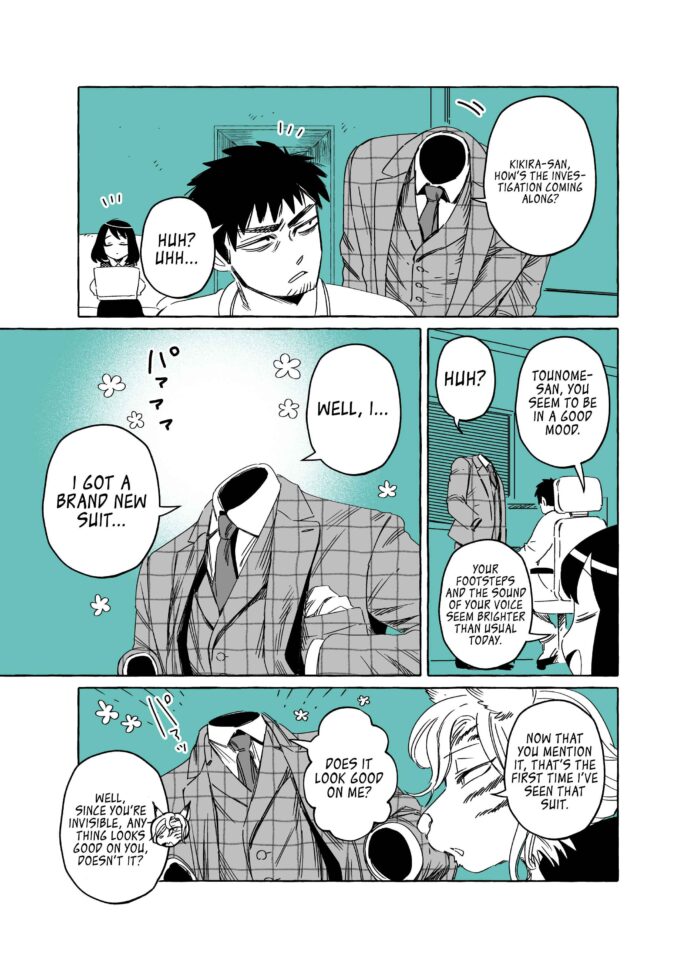In Japanese folklore and pop culture, intriguing tales of mysterious figures are known as “Toumei Otoko to Ningen Onna.” These enigmatic characters have captured people’s imagination, inspiring numerous stories, movies, and urban legends. This article will explore the origins, characteristics, and cultural significance of Toumei Otoko and Ningen Onna, shedding light on the fascination they evoke.
Toumei Otoko to Ningen Onna: The Transparent Man
1.1 Origins and Folklore
Toumei Otoko, meaning “Transparent Man,” is a mythical figure often depicted as invisible. His origins can be traced back to ancient Japanese folklore, where he was believed to possess supernatural abilities that allowed him to become invisible at will. Legends surrounding Toumei Otoko portray him as a mischievous and sometimes malevolent creature, capable of causing harm or creating chaos without being detected.
1.2 Cultural Significance
Toumei Otoko has become a symbol of the unseen forces that affect our lives. In Japanese literature and cinema, he is often used as a metaphor for hidden intentions, secrets, and the invisible obstacles we face. This character represents the fears and uncertainties beneath the surface, reminding us that things are not always as they seem.
1.3 Pop Culture and Urban Legends
The concept of Toumei Otoko has gained significant popularity in Japanese pop culture. It has inspired the creation of various urban legends, where people claim to have encountered or witnessed the presence of an invisible entity. These stories serve as cautionary tales, urging individuals to remain vigilant and aware of their surroundings.
Toumei Otoko to Ningen Onna: The Human Woman
2.1 Origins and Folklore
Ningen Onna, meaning “Human Woman,” is another intriguing character deeply rooted in Japanese mythology. She is often depicted as an ethereal and captivating figure with mesmerizing beauty. Legends surrounding Ningen Onna speak of her ability to manipulate her appearance and allure unsuspecting individuals, leading them to their doom.
2.2 Symbolism and Representation
Ningen Onna symbolizes allure, temptation, and the blurred boundaries between reality and illusion. In Japanese folklore, she is often associated with yōkai, supernatural creatures that embody various human emotions and desires. Ningen Onna embodies the concept of beauty that can be deceiving, reminding us to exercise caution and not be easily swayed by appearances.
2.3 Influence in Literature and Cinema
The allure of Ningen Onna has permeated Japanese literature and cinema. She has been featured in numerous stories and movies, captivating audiences with her mysterious nature and bewitching beauty. These depictions explore themes of desire, obsession, and the consequences of succumbing to temptation, providing valuable lessons about human vulnerability.
The Cultural Impact
3.1 Psychological Reflections
The fascination with Toumei Otoko and Ningen Onna reflects the human psyche’s intrigue with the unknown and the hidden. These characters symbolize the complexities and uncertainties of life, reminding us of our innate curiosity and desire to explore what lies beyond the surface.
3.2 Lessons and Morals
The tales of Toumei Otoko and Ningen Onna convey important life lessons and morals. They teach us to be cautious of hidden dangers, not to judge solely based on appearances, and to trust our instincts when something seems amiss. These characters serve as reminders to look beyond the visible and seek the truth beneath the surface.
